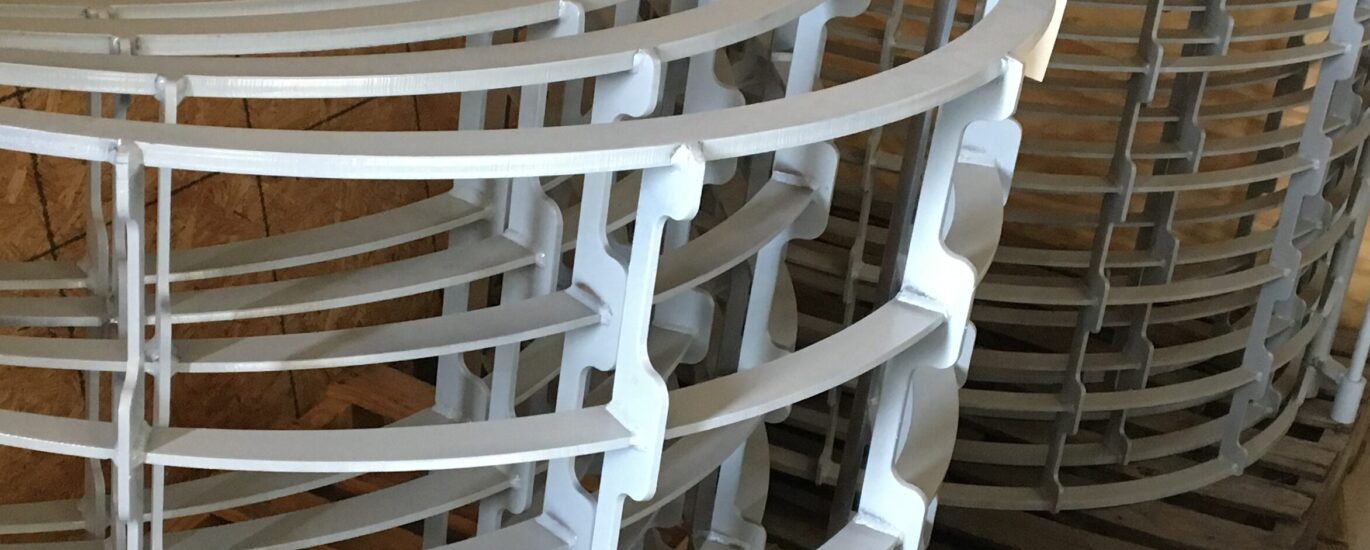In industries ranging from agriculture to mining, hammer mills are versatile workhorses that crush, grind, and pulverize materials to the desired size. These machines are essential for various processes, but over time, the wear and tear on their components can lead to decreased efficiency and increased downtime. One of the keys to maintaining the peak performance of a hammer mill is regularly replacing its wear parts. Let’s delve into the importance of replacing wear parts and how it can extend the lifespan and efficiency of your hammer mill.
Understanding the Wear and Tear
Hammer mills operate by using hammers to strike, crush, or shred materials. Over time, these repetitive actions cause wear and tear on critical components. The primary wear parts in a hammer mill typically include:
1. Hammers: These are the striking elements responsible for breaking down materials. Hammers experience significant wear due to the high-impact nature of their function.
2. Screens: Screens are used to control the final particle size of the ground material. They can become clogged, damaged, or worn over time.
3. Bearings: Bearings support the rotating parts of the hammer mill and can wear out, leading to decreased performance and potential machine damage.
4. Shafts: These components help maintain the structural integrity of the machine. Wear in these areas can lead to misalignment and reduced efficiency.
The Importance of Replacing Wear Parts
1. Improved Efficiency: Worn-out components can lead to reduced throughput and increased energy consumption. By replacing these parts, you can restore your hammer mill’s efficiency and maintain its productivity.
2. Enhanced Product Quality: When hammers and screens are worn, they can produce inconsistent particle sizes. Replacing these components ensures that your hammer mill consistently produces the desired product quality.
3. Downtime Reduction: Regular maintenance and replacement of wear parts can help prevent unexpected breakdowns, minimizing downtime and production interruptions.
4. Cost Savings: Investing in wear parts replacement is cost-effective in the long run. The cost of new parts is often much lower than the potential losses incurred due to decreased productivity and extensive repairs.
5. Safety and Longevity: Worn parts can compromise the safety of the equipment and its operators. Replacing them ensures the continued safe operation of your hammer mill while extending its lifespan.
When to Replace Wear Parts
The timing of wear parts replacement depends on factors such as the type of material processed, the frequency of use, and the maintenance practices in place. However, regular inspections and monitoring for signs of wear, such as reduced capacity or product quality, increased power consumption, and visible wear on hammers and screens, can help determine when replacement is necessary.
In the world of industrial processing, the hammer mill is an indispensable tool, and the key to ensuring its continued peak performance lies in replacing wear parts. By investing in timely and regular maintenance, you can enhance efficiency, improve product quality, reduce downtime, save costs, and promote the longevity and safety of your hammer mill.
Remember that prevention is often more cost-effective than extensive repairs or replacements. Prioritizing wear parts replacement as part of your maintenance routine will not only keep your hammer mill running smoothly but also contribute to the overall success of your industrial operations.


